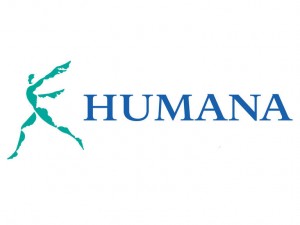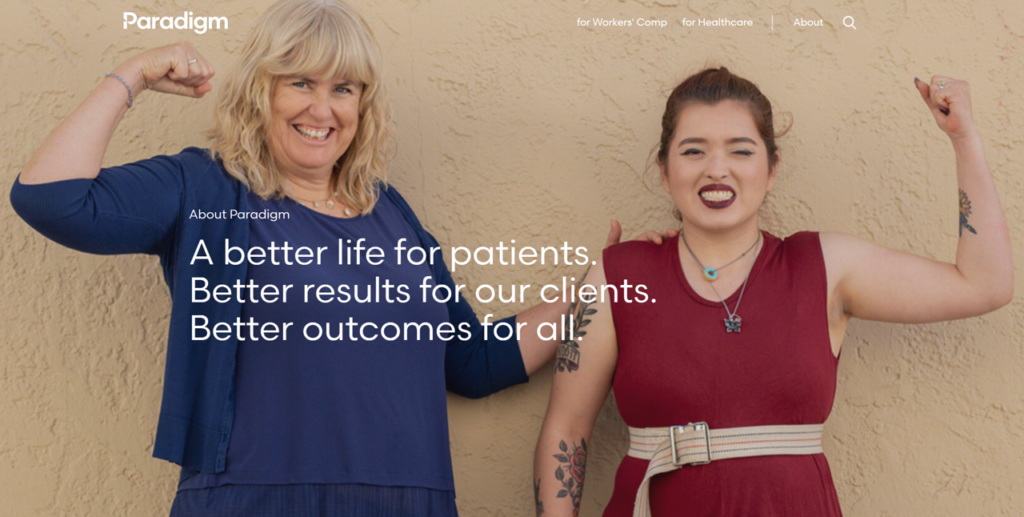 “If nothing else, the health reform bill has signaled the beginning of the end of the health plan as we know and love it,” David Brailer, once health IT czar under President GW Bush and now venture capitalist, is quoted in Reuters on Hot Healthcare Investing Trends for 2011. One health plan Brailer called out that could be relevant in the post-reform, post-recessionary US health world is Humana.
“If nothing else, the health reform bill has signaled the beginning of the end of the health plan as we know and love it,” David Brailer, once health IT czar under President GW Bush and now venture capitalist, is quoted in Reuters on Hot Healthcare Investing Trends for 2011. One health plan Brailer called out that could be relevant in the post-reform, post-recessionary US health world is Humana.
I had the opportunity to spend time with Paul Kusserow, Chief Strategy Officer for Humana, during the HIMSS11 meeting. Our conversation began with me asking why the chief strategist for Humana would attend HIMSS.
In fact, Paul told me that he’s attended HIMSS for years, having been a venture capitalist in an earlier life. He sees information technology as the underpinning for where health is going — and used the analogy that Humana will be where “the puck is going’ when it comes to information-based health for its enrollees (an analogy I always appreciate growing up in a Detroit Red Wings fan-home).
Humana announced their venture with Vitality during the HIMSS conference. The Vitality Group is owned by South Africa-based Discovery Holdings, and Humana bought 25% of the U.S. business. The venture will be named HumanaVitality and will focus on wellness tools that help enrollees engage with their health. The program will be offered to Humana’s employer customers as well as consumers who buy individual health plans.
Vitality has a ten-year track record in the wellness and health coaching space, and has nearly 2 million consumers enrolled in its programs worldwide, claiming to be the world’s largest incentive-based wellness program. Incentives offered to enrollees range from movie tickets to hotel room vouchers and airline tickets.
Health Populi’s Hot Points: I quite agree with David Brailer about Humana’s prospects for re-imagining itself in the health arena. Today, Humana is the fifth-largest health insurance company in the U.S. and generated a $1.1 billion profit in 2010 — even with falling earnings in Q410.
“Consumers have absolutely no clue what price and quality look like in health care,” Humana CEO Michael McCallister told The Associated Press in an interview in February 2011.
I love it when an established company that grew in the 1.0 world of health care gets real about a marketplace. It’s not commonplace among health plans.
Transparency of quality and costs for consumers has plagued U.S. health care for decades. Now that health citizens in the U.S. are paying more and more out-of-pocket, as well as being passed the mantle of health care decision maker by employers and plan sponsors, there’s a huge gap in the market for health products and services to meet this need.
Humana gets this, and is putting the building blocks in place to serve the under-served health consumer. Some of these blocks are foundations like individual insurance plans that would be straightforward to navigate and priced-to-sell, and wellness programs and tools to help healthy people stay well. Humana acquired Concentra last year, which bolstered the company’s retail health and worksite wellness footprint. The company is also pondering the role of mobile and the potential for sensors to serve people s’ health both at-home and on-the-go.
Humana, with longtime experience in the Medicare business, will expand its wellness expertise to seniors, too. The company will dimensionalize across patient populations, both groups and individuals, young and old, well and ill. It can be done — but only with a strong health information foundation. Humana (and a scant handful of others like UnitedHealth which is building another kind of post-reform, information-based health business) represent the vanguard of the new, post-reform, health ‘plan.’




 It's becoming a (beloved) annual tradition for my brilliant friend and health care design maven Amy Heymans as we re-convene for the third year (or is it the fourth?)
It's becoming a (beloved) annual tradition for my brilliant friend and health care design maven Amy Heymans as we re-convene for the third year (or is it the fourth?)  Thank you, Jared Johnson, for including me on the list of the
Thank you, Jared Johnson, for including me on the list of the  Jane will deliver the keynote address at the upcoming
Jane will deliver the keynote address at the upcoming